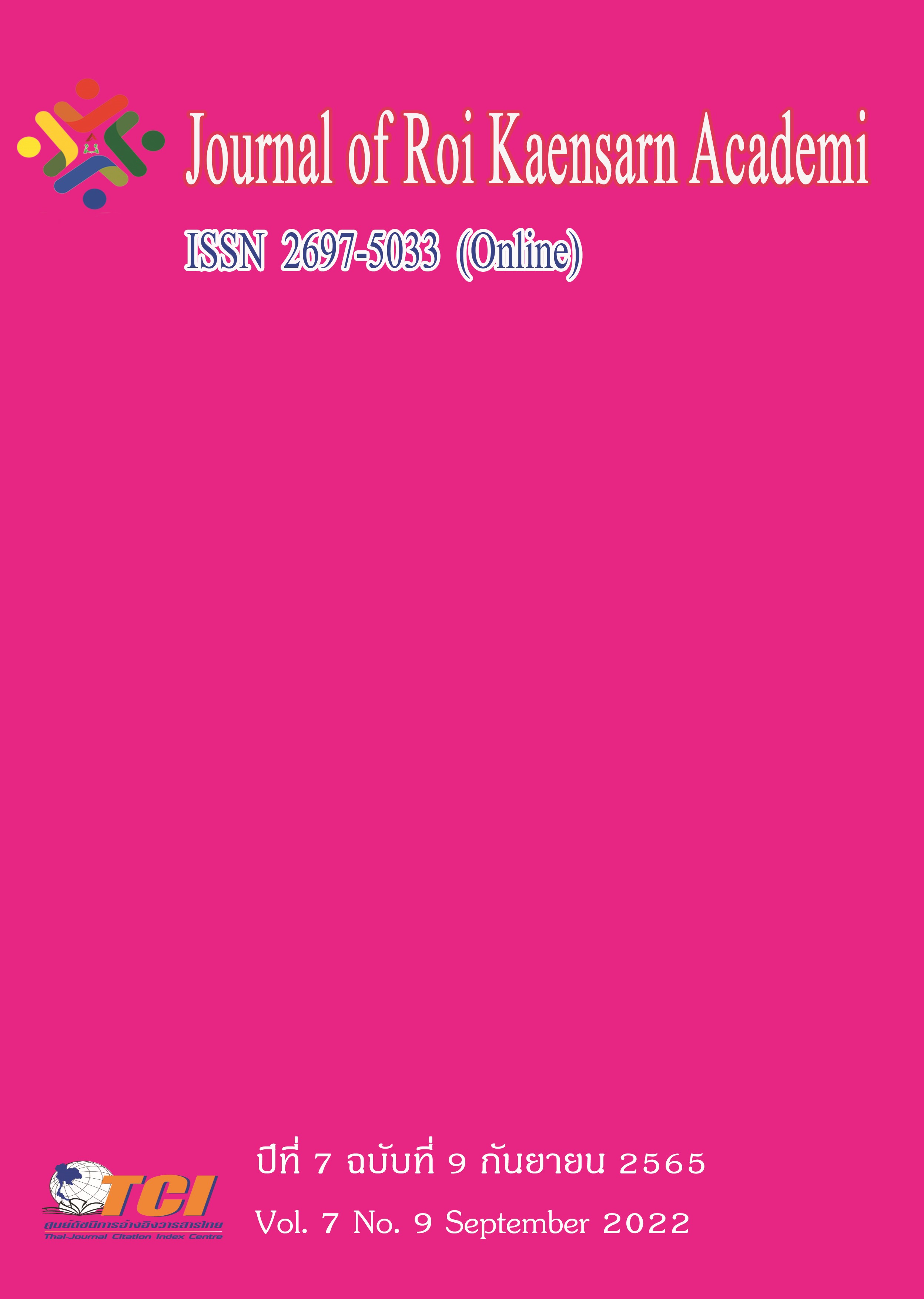A corpus-based analysis of English synonyms : acquire and obtain
Main Article Content
บทคัดย่อ
Due to their similar meaning, L2 English language learners may struggle with the use of near synonyms. Corpus-based studies on English synonyms have been conducted over the last two decades to solve this issue. To the best of the researchers' knowledge, the distinction between the synonymous verbs acquire and obtain has not yet been examined. This study, thus, examines these two verbs in terms of genres and collocations using the Corpus of Contemporary American English (COCA). The findings indicate that they appear to have a high degree of formality and are prevalent in written rather than spoken genres. In general, obtain is more common than acquire. In terms of collocation, they may be distinguished by their specific noun collocates. Even though they share some noun collocates, they cannot be used interchangeably in all situations. Semantic preference and semantic prosody and pedagogical implications are also discussed.
Article Details
เอกสารอ้างอิง
Aroonmanakun, V. (2015). Quick or fast: A corpus based study of English synonyms. LEARN Journal: Language Education and Acquisition Research Network, 8 (1), 53-62.
Boonraksa, T., & Naisena, S. (2022). A Study on English Collocation Errors of Thai EFL Students. English language teaching, 15 (1), 164-177.
Carter, R. (2012). Vocabulary: Applied linguistic perspectives. Routledge.
Cheng, W. (2012). Exploring corpus linguistics: Language in action. Routledge
Coxhead, A. (2000). A new academic word list. TESOL quarterly, 34 (2), 213-238.
Edmonds, P., & Hirst, G. (2002). Near-synonymy and lexical choice. Computational linguistics, 28 (2), 105-144.
Gablasova, D., Brezina, V., & McEnery, T. (2017). Collocations in corpus-based language
learning research: Identifying, comparing, and interpreting the evidence. Language Learning, 67 (1), 155-179. https://dx.doi.org/10.1111/ lang.12225
Gardner, D., & Davies, M. (2014). A new academic vocabulary list. Applied linguistics, 35 (3), 305-327.
Kruawong, T., & Phoocharoensil, S. (2022). A genre and collocational analysis of the near-synonyms teach, educate and instruct: A corpus-based approach. TEFLIN Journal, 33 (1), 75-97.
Liu, D. (2010). Is it a chief, main, major, primary, or principal concern?: A corpus-based
behavioral profile study of the near-synonyms. International Journal of Corpus Linguistics, 15 (1), 56-87.
Pearson Education. (2014). Longman dictionary of contemporary English (6th ed.). Harlow, UK: Pearson Education Limited.
Phoocharoensil, S. (2010). A corpus-based study of English synonyms. International Journal of Arts and Sciences, 3 (10), 227-245.
Phoocharoensil, S. (2011). Collocational errors in EFL learners’ interlanguage. Journal of education and practice, 2 (3), 103-120.
Phoocharoensil, S. (2021). Semantic prosody and collocation: A corpus study of the near-synonyms persist and persevere. Eurasian Journal of Applied Linguistics, 7 (1), 240–258.
Phoocharoensil, S. (2021). Multiword Units and Synonymy: Interface between Collocations, Colligations, and Semantic Prosody. GEMA Online Journal of Language Studies, 21 (2).
Phoocharoensil, S., & Kanokpermpoon, M. (2021). Distinguishing the near-synonyms ‘increase’and ‘rise’: Genre and collocation investigation. Kasetsart Journal of Social Sciences, 42 (4), 968-975.
Schmitt, N. (2010). Researching vocabulary: A vocabulary research manual. Springer. Selmistraitis, L. (2020). Semantic preference, prosody and distribution of synonymous adjectives in COCA. Journal of Language Studies, 20 (3), 1-18.
Sinclair, J., & Carter, R. (2004). Trust the text: Language, corpus and discourse. Routledge.
Thornbury, S. (2002). How to teach vocabulary. Harlow.
Yeh, Y., Liou, H. C., & Li, Y. H. (2007). Online synonym materials and concordancing for EFL college writing. Computer Assisted Language Learning, 20 (2), 131-152.

